Creativity is a fundamental aspect of human existence, serving as a catalyst for innovation, self-discovery, and personal growth. Among the many tools humanity has developed to harness and channel this creativity, art stands out as a uniquely powerful medium. Art for creative expression offers a transformative way to explore and communicate ideas, emotions, and experiences that may lie beyond words. Whether through painting, sculpture, dance, or drama, art provides a dynamic platform for individuals to express themselves authentically and engage with the world in profound ways. This article delves into the multifaceted role of art in fostering creative expression, examining its benefits, methods, and historical significance while exploring how it can be applied in diverse contexts to unlock human potential.
Key Takeaways
- Art unlocks creativity by expressing emotions and experiences.
- It bridges cultural gaps through universal communication.
- Art aids personal growth and therapy.
- It drives innovation and societal progress.
- Art builds connections and communities.
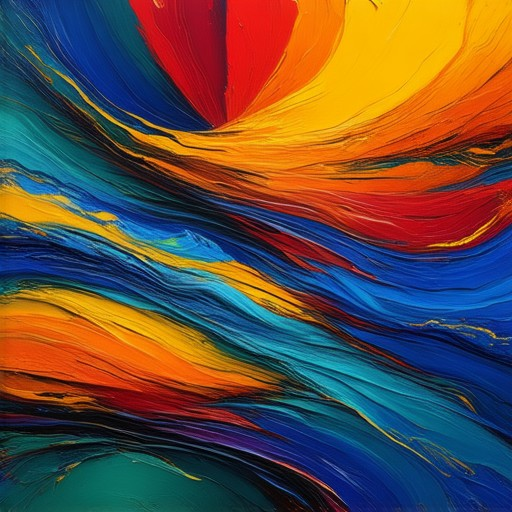
How Can Art Be Used for Creative Expression?
Art serves as a powerful medium for creative expression, offering individuals a unique way to communicate their thoughts, emotions, and ideas. It allows for personal storytelling, emotional exploration, and intellectual engagement, making it a cornerstone of human culture.
- Personal Expression: Art provides a canvas for self-discovery. Through painting, drawing, writing, or music, individuals can articulate their inner world, exploring themes like identity, spirituality, and existence.
- Storytelling: Art isn’t just about aesthetics—it’s a narrative tool. Visual arts, theater, and dance allow creators to craft tales that inspire and resonate with audiences, fostering empathy and connection.
- Emotional Exploration: Art offers a therapeutic outlet for processing complex emotions. Sculptures, photographs, and musical compositions can translate raw feelings into tangible forms, helping individuals find meaning and catharsis.
- Collaborative Creation: Art projects often involve teamwork, encouraging collaboration and community building. Whether in public installations or group performances, art fosters collective creativity and shared experiences.
Ultimately, art transcends mere decoration—it’s a transformative force that invites introspection, sparks innovation, and enriches our lives. By embracing diverse artistic mediums, we unlock new avenues for creative expression and inspire others to explore their own unique paths.
How Does Art Promote Creative Expression?
Art serves as a powerful medium for fostering creative expression, offering individuals a unique outlet to explore their thoughts, emotions, and ideas. Through various forms such as painting, sculpture, music, and dance, art enables people to communicate their inner worlds in ways that words alone often cannot capture.
Exploring Emotions and Thoughts
One of the most profound ways art promotes creative expression is by providing a space for deep emotional exploration. Whether it’s through the strokes of a brush, the notes of a melody, or the movements of a dancer, art allows individuals to confront and express complex emotions that might otherwise remain unspoken. This process can lead to personal growth and a greater understanding of oneself.
Fostering Personal Growth
Engaging in creative expression through art can be transformative. It encourages individuals to step outside their comfort zones, try new techniques, and embrace imperfection. This journey often leads to increased confidence and a stronger sense of identity. For many, art becomes a mirror reflecting their inner strengths and vulnerabilities, helping them navigate life’s challenges with greater resilience.
Cultural Exchange and Perspective
Art also plays a crucial role in bridging cultural gaps. By exposing individuals to diverse perspectives and traditions, it fosters empathy and understanding. For example, learning about different artistic styles can broaden one’s worldview, making it easier to appreciate varied experiences and viewpoints. This cultural exchange enriches our collective consciousness and promotes mutual respect among different communities.
Inspiration and Motivation
Artists themselves often become sources of inspiration. Their dedication to their craft and the stories they tell can motivate others to pursue their own creative endeavors. Whether it’s through iconic works of art or groundbreaking performances, their impact resonates deeply, encouraging others to explore their potential and share their unique voices.
Conclusion
In essence, art is a dynamic force that empowers individuals to express themselves authentically and connect with others meaningfully. It transcends boundaries, inviting everyone to participate in a shared creative dialogue. By embracing art, we unlock new dimensions of our humanity, celebrating our diversity and fostering a more compassionate world.
- Explore Creativity and Inspiration
- Personal Growth Through Art
- Cultural Exchange and Art
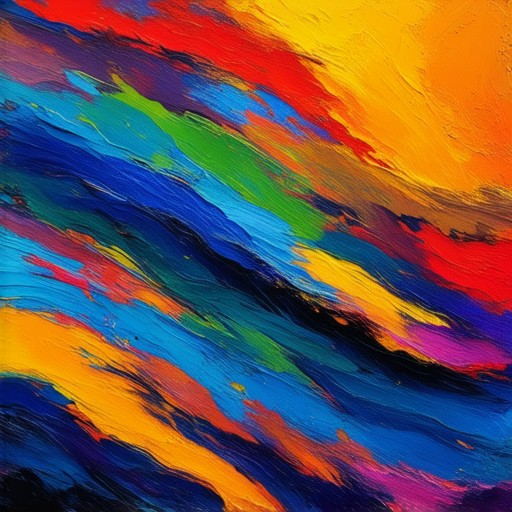
Why is Art Considered a Powerful Tool for Creative Expression?
Art stands as a cornerstone of human expression, offering a unique medium through which individuals can channel their thoughts, emotions, and imagination. Its power lies in its ability to transcend boundaries, evoke empathy, and inspire change. Here’s a deeper look at why art is such a vital tool for creative expression:
- Emotional Release and Healing
Art provides a safe space for self-expression, allowing people to process complex emotions. Studies show that engaging in artistic activities can reduce stress and depression, making art a therapeutic tool for mental well-being. Through painting, sculpting, or even doodling, individuals can externalize their internal struggles, fostering emotional release and personal growth. - Personal Growth and Self-Discovery
Art acts as a mirror, reflecting our inner worlds. By experimenting with colors, shapes, and narratives, we uncover hidden strengths and vulnerabilities. This process of creation often leads to a greater understanding of oneself, helping individuals build confidence and clarify their values. - Cultural Preservation and Storytelling
Art plays a crucial role in preserving history and culture. From cave paintings to modern-day murals, it serves as a record of human experiences. Artists use their craft to tell stories, celebrate traditions, and spark conversations about societal issues, making art a bridge between generations. - Problem-Solving and Critical Thinking
Engaging in art challenges us to think creatively and approach problems from new angles. Whether designing a product or solving a puzzle, the skills learned through artistic endeavors can translate into innovative solutions in various fields.
At Patrick Mettraux, we believe in the transformative potential of art. Our platform celebrates the diversity of creative voices, offering inspiration and resources to nurture your artistic journey. Explore our articles on Patrick Mettraux to discover how art can enrich your life and fuel your creativity.
Additionally, if you’re interested in learning more about the intersection of art and creativity, check out CreativeBoom and the Smithsonian Museum of American Art , which provide valuable insights and exhibits dedicated to the power of art.
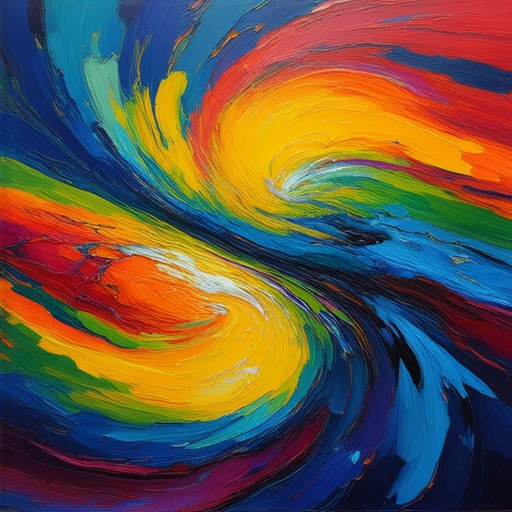
What Does Art Enable Us to Express Creatively?
Art provides a unique medium for creative expression, enabling individuals to communicate thoughts, emotions, and ideas that may be difficult to articulate through words alone. It serves as a tool for exploring and capturing the essence of human experience, fostering innovation, and connecting people across diverse cultures and generations.
- Exploration of Emotions and Experiences
- Communication Across Cultures
- Personal Growth and Therapy
- Innovation and Progress
- Connection and Community
Art allows individuals to express complex emotions and experiences that words alone may not suffice to capture. Through various art forms like painting, sculpture, music, and dance, creators can translate abstract concepts into tangible expressions of their inner worlds.
Learn more about the transformative power of art
Art transcends linguistic and cultural barriers, enabling communication that goes beyond words. Visual art, in particular, can convey ideas and emotions that may be lost in translation, fostering mutual understanding and appreciation among different communities.
Explore how art bridges cultural divides
Engaging in artistic expression can be a therapeutic process, helping individuals process emotions, develop self-awareness, and find meaning in life. It offers a safe space for self-reflection and creativity, contributing to personal growth and mental well-being.
Discover the therapeutic benefits of art
Throughout history, art has been a catalyst for societal change and technological advancement. From cave paintings to modern digital art, artistic expression has driven human innovation, challenging norms and pushing boundaries in various fields.
Art fosters a sense of belonging and community by creating shared experiences and appreciation. Whether through public installations, performances, or collaborative projects, art brings people together, encouraging dialogue and collaboration.
Ultimately, art enables us to express our unique perspectives, challenge conventions, and inspire others. It is a powerful tool for creativity, self-discovery, and societal progress.
Discover more creative insights
Why Art Is a Powerful Tool for Creative Expression
Art stands as a cornerstone of human expression, offering a unique medium through which individuals can communicate thoughts, emotions, and stories that go beyond mere words. Unlike verbal communication, art enables the use of visual, auditory, or tactile elements to convey complex ideas and experiences, making it an exceptionally versatile tool for creative expression.
One of the most profound aspects of art is its therapeutic role. It provides a safe space for individuals to process and externalize emotions that may be difficult to articulate. Whether through painting, sculpting, or dance, art allows people to transform chaotic or negative feelings into something tangible and meaningful, fostering personal growth and emotional well-being.
Furthermore, art transcends individual boundaries, serving as a bridge between people. Public art installations and collaborative projects strengthen community ties, enabling shared experiences and collective expression. This communal aspect enriches social cohesion and creates a sense of belonging among participants.
Throughout history, art has been instrumental in preserving culture and documenting human experiences. From ancient cave paintings to contemporary murals, art acts as a historical archive, capturing the essence of civilizations and passing down traditions to future generations.
In addition to personal and cultural benefits, art cultivates problem-solving skills. Artists encounter numerous challenges in their work, from technical difficulties to conceptual innovations. Developing innovative approaches to these challenges sharpens critical thinking and creativity, transferable skills that prove invaluable in various life domains.
Art’s ability to inspire is another testament to its power. Iconic works have sparked revolutions in thought and action, motivating individuals to pursue creative endeavors and adopt new perspectives. The transformative impact of art extends beyond aesthetics, driving innovation and encouraging viewers to seek novel solutions to complex problems.
Emotionally, art resonates deeply, offering solace and understanding. Viewers often find personal meaning in artworks, experiencing a sense of recognition that can be deeply cathartic. This emotional connection fosters empathy and introspection, enriching individual lives and fostering a more compassionate society.
Moreover, art bridges linguistic and cultural divides. Through universal symbols and imagery, it facilitates communication across barriers, allowing people from diverse backgrounds to share common experiences and meanings. This universal appeal makes art a powerful tool for global dialogue and cross-cultural understanding.
Research highlights the cognitive benefits of art engagement, including improved memory, attention, and critical thinking. The act of appreciating art stimulates the brain in ways that enhance mental acuity, making it a valuable tool for mental health and intellectual development.
Finally, art serves as a platform for activism, amplifying voices and driving social change. Movements have harnessed art’s persuasive power to advocate for causes, demonstrating its potential as a catalyst for societal transformation.
In essence, art is a multifaceted tool that enhances personal growth, preserves culture, inspires innovation, and fosters connection. Its versatility and universal appeal position it as an indispensable resource for creative expression, enriching lives and societies in countless ways.
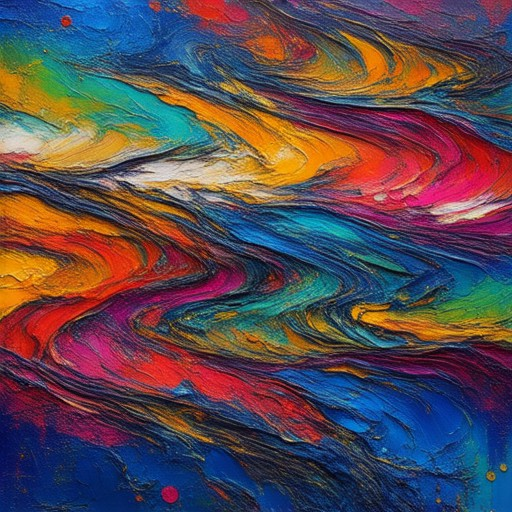
Ways Art Can Be Used for Creative Expression
Art offers numerous avenues for creative expression, allowing individuals to communicate emotions, ideas, and stories in unique ways. Here are some primary methods:
- Painting : Through vibrant colors, textures, and brushstrokes, painters convey emotions and perspectives. Whether abstract or representational, paintings invite viewers to interpret the artist’s vision.
- Sculpture : Sculptors create three-dimensional works that challenge traditional forms. From statues to installations, sculptures offer a physical manifestation of creativity.
- Dance : Dance is a powerful form of non-verbal communication. Choreographers use movement to tell stories, evoke emotions, and explore rhythm and space.
- Music : Composers and musicians craft soundscapes that transcend words. Instruments, vocals, and beats combine to create melodies that resonate deeply with listeners.
- Literature : Writers use prose, poetry, and storytelling to explore complex themes and share personal journeys. Literature bridges cultures and invites introspection.
- Fashion : Designers reinterpret culture, history, and identity through clothing. Fashion is a dynamic medium that communicates individuality and societal shifts.
- Architecture : Architects blend functionality and aesthetics to create spaces that inspire and challenge conventions. Their designs shape how people live and interact.
- Digital Media : Artists use digital tools to create interactive and immersive experiences. From animations to virtual reality, digital media expands the boundaries of traditional art forms.
- Street Art : Public art forms like graffiti and murals transform public spaces into canvases. Street artists use their work to provoke thought and inspire communities.
- Theater : Playwrights and directors bring stories to life through performances. Theater combines acting, set design, and costumes to create a fully immersive experience.
These forms of art provide diverse channels for individuals to explore their creativity and share their perspectives with the world. At Patrick Mettraux , we celebrate the transformative power of art and its ability to inspire meaningful expression.
Conclusion: Art is a universal medium for creative expression, offering endless possibilities to explore, challenge, and celebrate human ingenuity. Whether through traditional mediums or innovative technologies, art continues to be a cornerstone of cultural and personal growth.
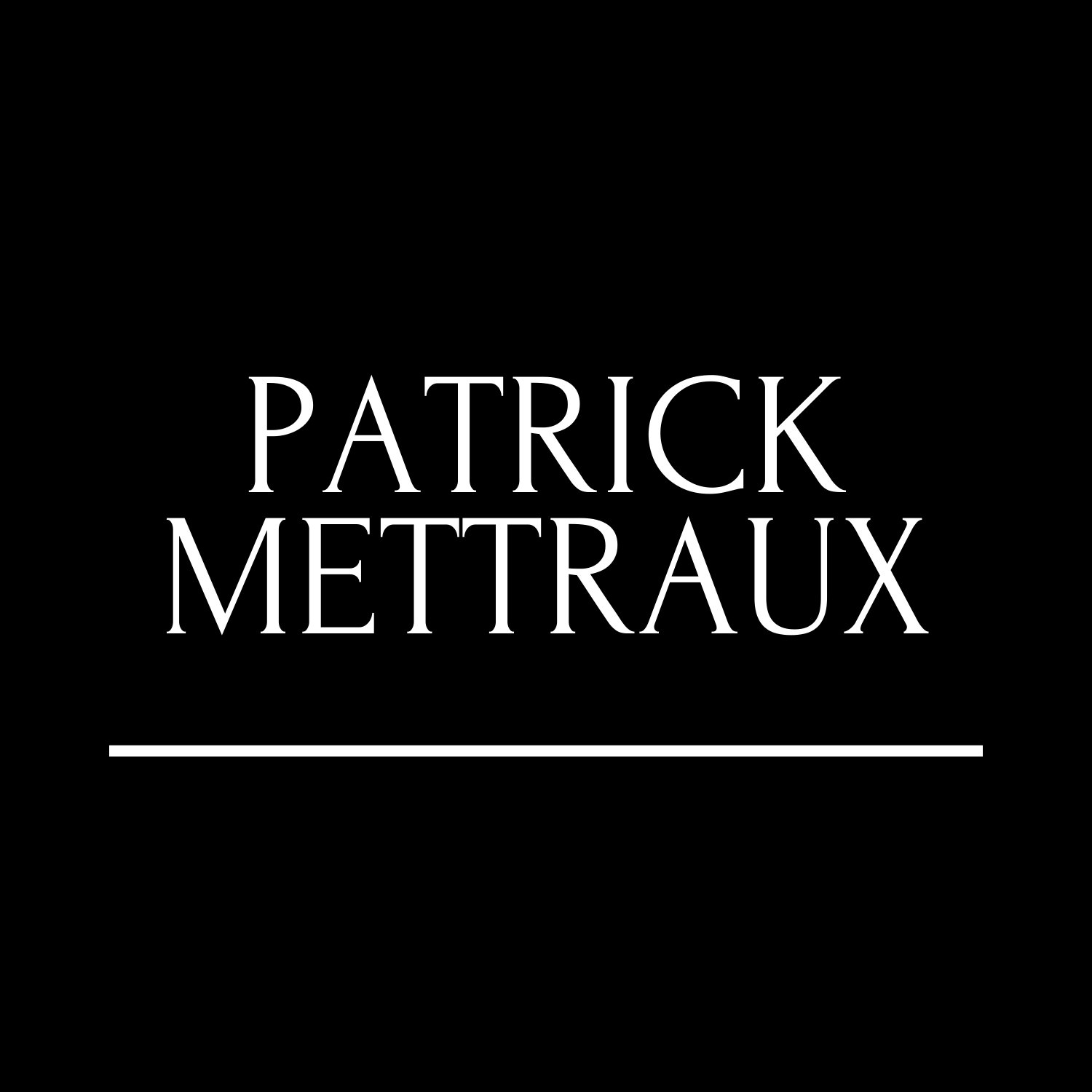
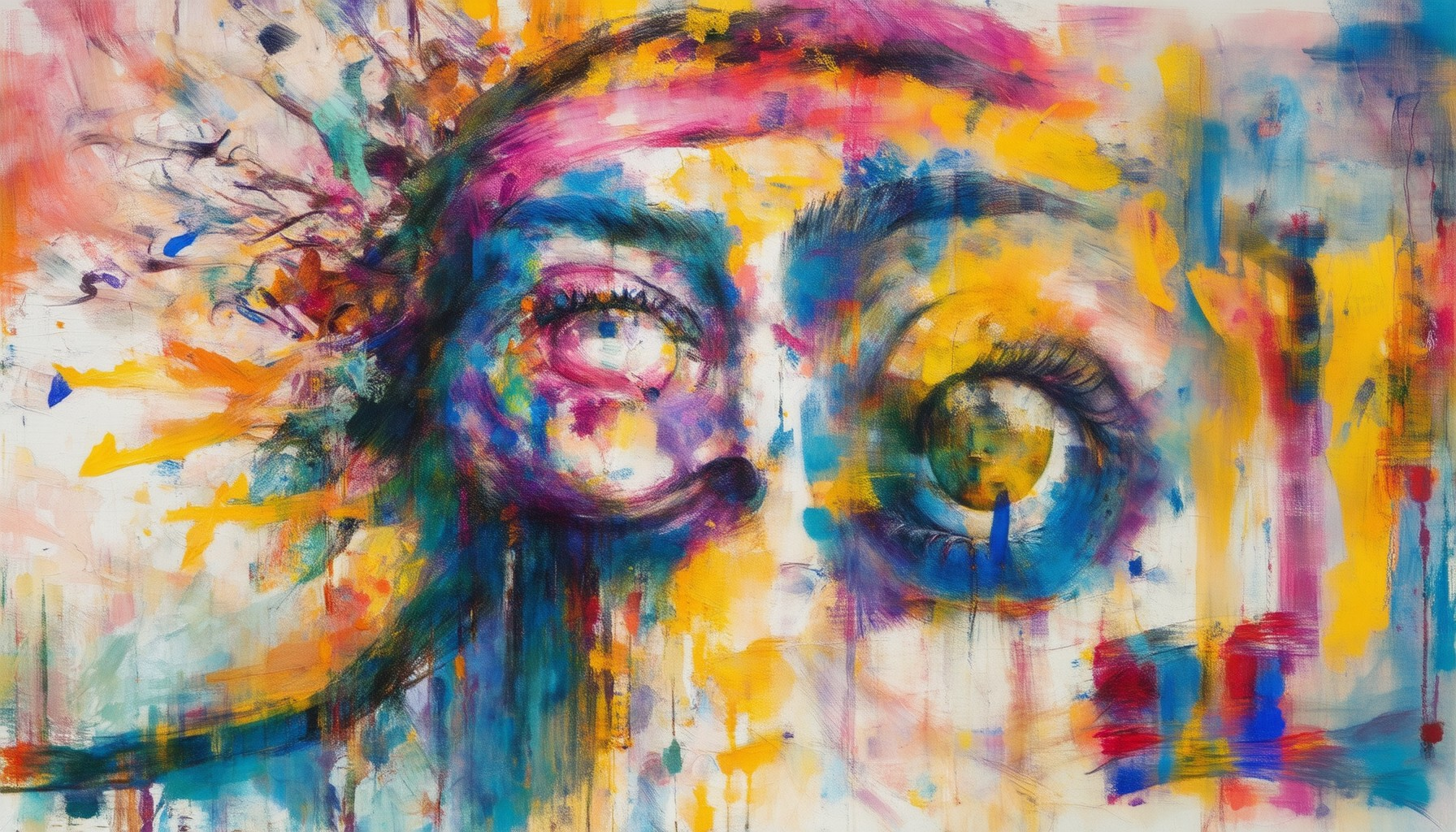
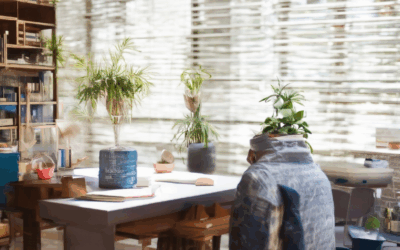
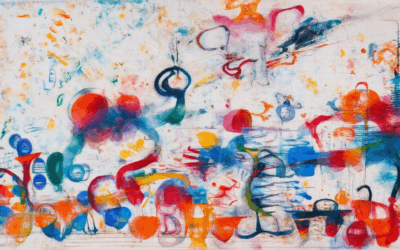
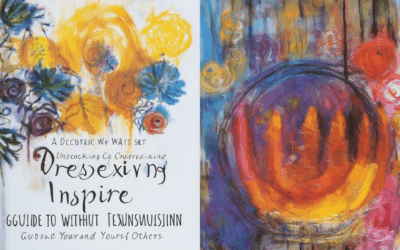
0 Comments